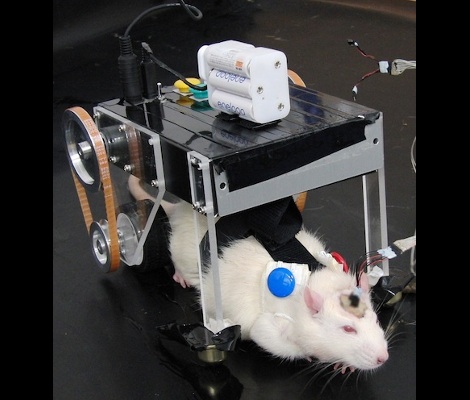Computers haven’t done much for the quality of our already poor handwriting. However, a man paralyzed by an accident can now feed input into a computer by simply thinking about handwriting, thanks to work by Stanford University researchers. Compared to more cumbersome systems based on eye motion or breath, the handwriting technique enables entry at up to 90 characters a minute.
Currently, the feat requires a lab’s worth of equipment, but it could be made practical for everyday use with some additional work and — hopefully — less invasive sensors. In particular, the sensor used two microelectrode arrays in the precentral gyrus portion of the brain. When the subject thinks about writing, recognizable patterns appear in the collected data. The rest is just math and classification using a neural network.
If you want to try your hand at processing this kind of data and don’t have a set of electrodes to implant, you can download nearly eleven hours of data already recorded. The code is out there, too. What we’d really like to see is some easier way to grab the data to start with. That could be a real game-changer.
More traditional input methods using your mouth have been around for a long time. We’ve also looked at work that involves moving your head.

















